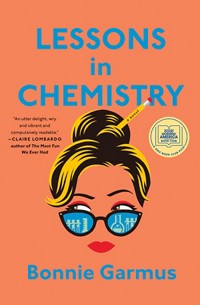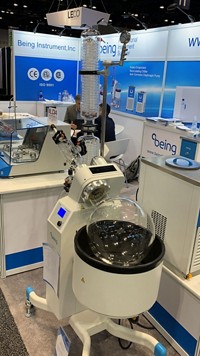Advertisement
Grab your lab coat. Let's get started
Welcome!
Welcome!
Create an account below to get 6 C&EN articles per month, receive newsletters and more - all free.
It seems this is your first time logging in online. Please enter the following information to continue.
As an ACS member you automatically get access to this site. All we need is few more details to create your reading experience.
Not you? Sign in with a different account.
Not you? Sign in with a different account.
ERROR 1
ERROR 1
ERROR 2
ERROR 2
ERROR 2
ERROR 2
ERROR 2
Password and Confirm password must match.
If you have an ACS member number, please enter it here so we can link this account to your membership. (optional)
ERROR 2
ACS values your privacy. By submitting your information, you are gaining access to C&EN and subscribing to our weekly newsletter. We use the information you provide to make your reading experience better, and we will never sell your data to third party members.
Lab Safety
Newscripts
Happy accidents: Glasnost for broken glass
by Sarah Braner
March 29, 2024
| A version of this story appeared in
Volume 102, Issue 10
Exploded Erlenmeyers and broken beakers

In early March, medicinal chemist Keith Hornberger, writing on X(formerly Twitter), asked for tales of broken laboratory glassware. His son had just broken a beaker in his high school chemistry class.
“The whole idea was to just get people to share some stories that I could share with him and cheer him up a little bit and make him realize that he was not alone. And boy, did they come through,” Hornberger tells Newscripts.
Becca Mellema, a PhD student who responded to the post, recalls a time she was working with a group of science educators at the Oregon Museum of Science and Industry doing a popular demonstration for a group of kids with concentrated sulfuric acid and sugar. Typically, the demonstration process is to pour sugar into a beaker, add concentrated sulfuric acid, and watch a black snake-like structure erupt. But on this fateful day, Mellema and her coworkers couldn’t find a beaker, so they used an unlucky Erlenmeyer flask for the reaction.
“It’s an exothermic reaction—pressure was building up, there was heat. And turns out if you don’t have a big enough beaker neck, the entire thing explodes,” Mellema says.
Thankfully, Mellema and her coworkers set off the reaction behind a blast shield, so no one was hurt. And at the very least, she says, the flask “went out in a blaze of glory. It would have wanted that.”
Jessica Pomerantz, an author who also responded to Hornberger’s post, recounted that in the first hour on the first day of an internship at Princeton University’s plasma physics laboratory, her mentor Carl Szathmary showed her around the lab, where she saw “this impossibly complicated piece of glasswork. He says, ‘Just whatever you do, don’t break this.’ ”
“In my mind, it was just a few moments later. I don’t even think I was doing the actual lab work yet. I think I just like moved my hands and immediately broke it. It just shattered. And that was my start to plasma physics,” Pomerantz tells Newscripts.
But glassware can be replaced—even if you have to preorder it and pick it up in person, as was the case with this particular instrument. And Szathmary “kept me as his intern, which was super nice, and we moved on from that really easily,” Pomerantz says.
“We only want to talk about things that went well. But that’s not how research works. Ninety-five percent of research is failure. And I think we need to normalize talking about that,” Hornberger says. “It was really great that everybody was willing to come together around this and have a little fun with it, too. And I think my son also now appreciates a little bit more that these things are gonna happen, and he wasn’t alone.”
And this is why we’re journalists now

Hornberger’s post even inspired some of C&EN’s own staffers to share their stories of chemistry gone awry.
Brianna Barbu, an assistant editor in the physical science group, remembers breaking a crucial piece of tubing on an expensive potentiostat when she was an undergraduate. Her advisor quickly fixed it “with a tube of glue that he kept in his desk right along with the antidote for cyanide poisoning,” she says.
Before Craig Bettenhausen, a senior editor in the business group, came to C&EN, he was a high school chemistry teacher. He once let the reaction of sodium metal with water get too hot during a classroom demonstration. “It melted the metal lump, which then reacted all at once, creating a huge steam cloud. We had to evacuate the whole school, and six students had to go back to their dorms to shower off the sodium hydroxide. Good thing we were all wearing goggles and gloves!” he says. Bettenhausen was teaching at a therapeutic boarding school, where many of the students had been in juvenile detention or expelled from other schools. “The academic director called me in after things calmed down. I thought I was fired for sure. Nope, he was excited that we were doing real experiments. It was the most trust some of these kids had gotten in years.”
Please send comments and suggestions to newscripts@acs.org.
CORRECTION:
This story was updated on April 2, 2024, to correct the acid used in the carbon snake demonstration. It is concentrated sulfuric acid, not hydrochloric acid.





Join the conversation
Contact the reporter
Submit a Letter to the Editor for publication
Engage with us on Twitter